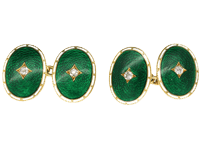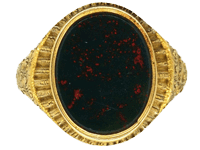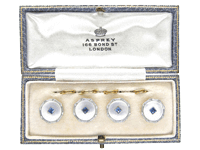-

Your Shopping Bag is empty
Antique & Vintage Men's Jewellery
Discover our stunning collection of antique mens jewellery, featuring timeless pieces with intricate designs and exceptional craftsmanship. Shop our selection of vintage signet rings, cufflinks, tie pins, and more, and find the perfect accessory to add a touch of sophistication to any outfit. Browse now and indulge in the elegance of bygone eras.

Loading items...



 Free Worldwide Delivery
Free Worldwide Delivery View All
View All
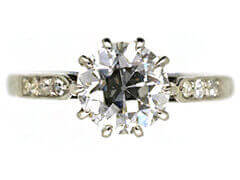 Diamond
Diamond
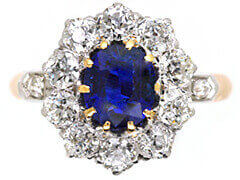 Sapphire
Sapphire
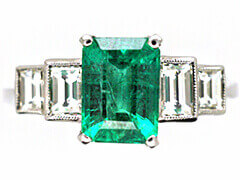 Emerald
Emerald
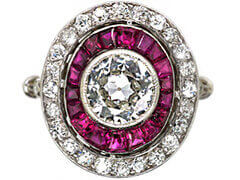 Ruby
Ruby
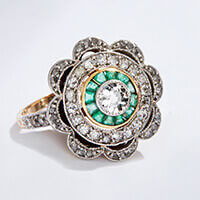


 All Mens
All Mens